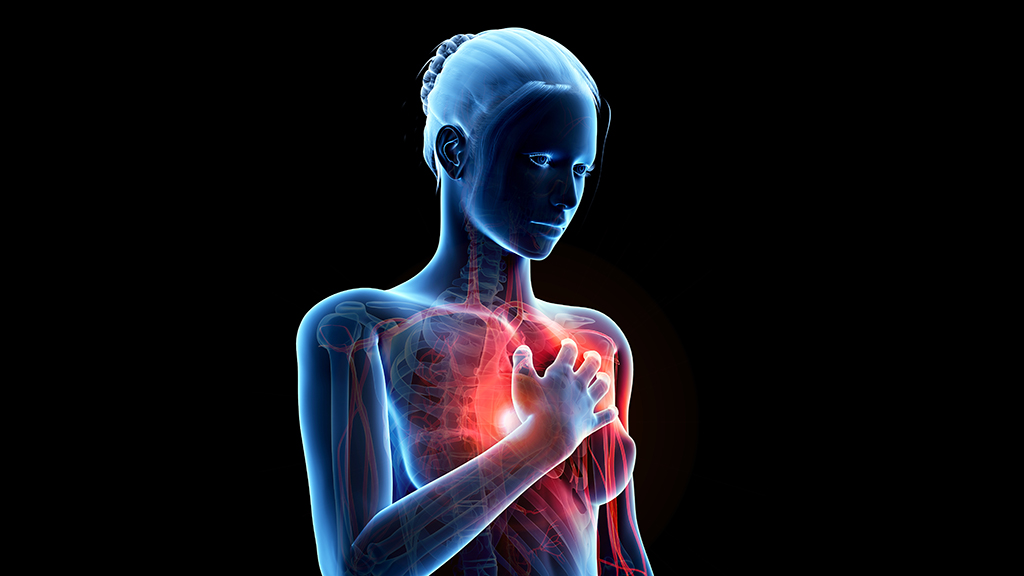Abstract
The main character of this case is Denise, who we first meet in the early morning hours as she wakes up in a cold sweat, gasping for breath. But it is her husband, Jeremy, who has been diagnosed with heart disease, not her. What’s going on? In this interrupted case study, in which the other main character is Denise’s heart (who we get to know through a series of “interior” monologues), students learn about the risk factors, symptoms, and consequences of a heart attack. The case is suitable for a course in pathophysiology, first year nursing, enzymology, advanced biology or anatomy, or nutrition.



